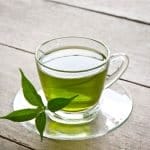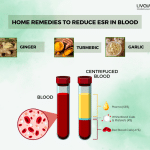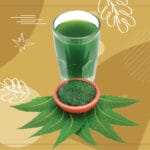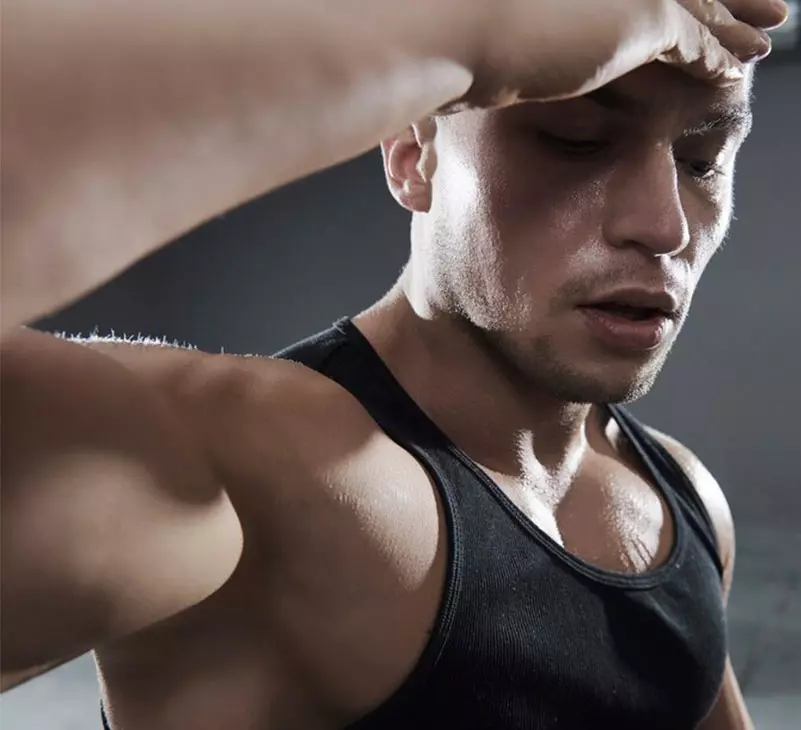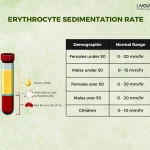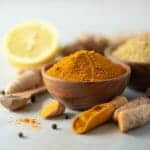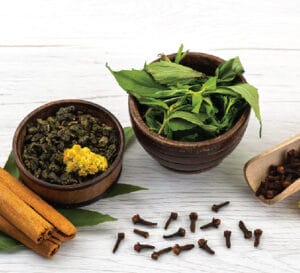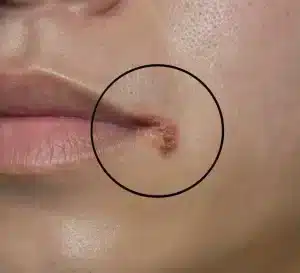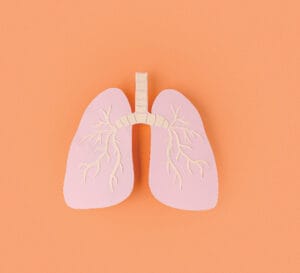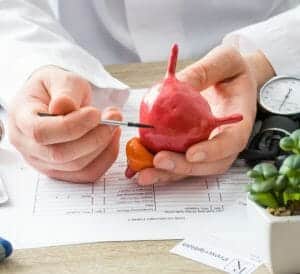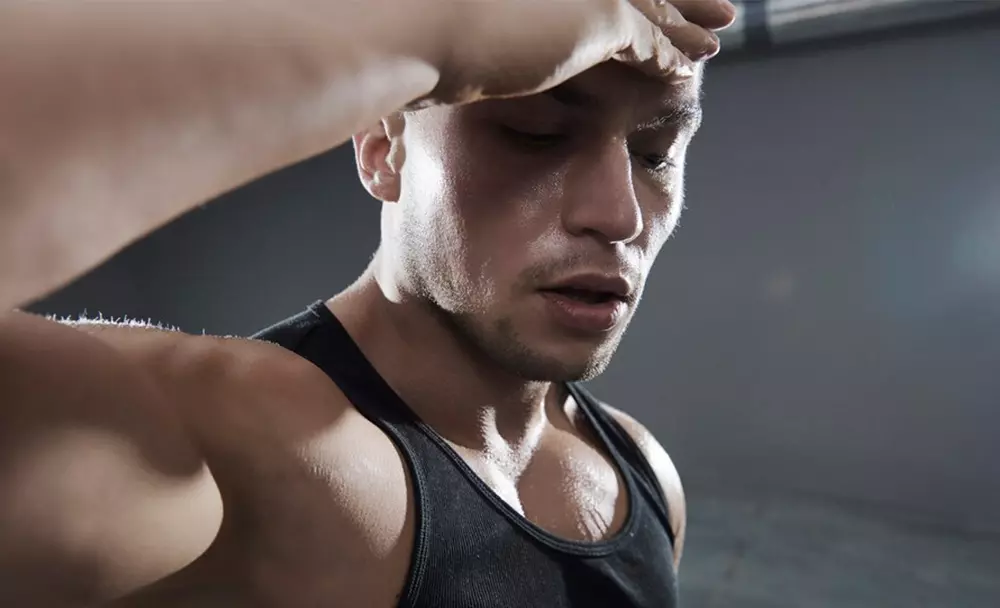
Are you experiencing excessive sweating? If yes, then you may be suffering from hyperhidrosis. It is a condition in which your body’s sweat glands overreact and cause excessive sweating (1).
Managing hyperhidrosis can be extremely challenging. However, with the help of modern therapies, Ayurvedic herbs and certain lifestyle changes, it may become easier.
Let’s have a look at hyperhidrosis, its symptoms, causes and treatment in detail in this article.
What Are the Symptoms of Hyperhidrosis?
The main symptom of hyperhidrosis is excessive sweating, which goes beyond normal sweating (2). This sweat may pool under your arms or even soak your shirt to the point that you need to change clothes (1).
Excessive sweating may also cause other symptoms like itching and inflammation, body odour, and skin changes like discolouration, cracks or wrinkles (1)
What Are the Causes of Hyperhidrosis?
Hyperhidrosis is classified into two categories, based on its causes.
Focal hyperhidrosis, or primary hyperhidrosis, is a chronic skin disorder inherited from the family. It is caused by faulty nerve signals that trigger sweat glands to overreact. It usually affects only the armpits, hands and feet, and head and tends to start at an early age (1) (2).
Generalised hyperhidrosis, on the other hand, is a condition that occurs due to underlying medical conditions, such as diabetes, menopause, thyroid, nervous system disorders, infections, etc. It may also occur due to the reaction caused by certain medications, such as pain relievers, antidepressants, hormone-balancing medications, etc. Generalised hyperhidrosis is also called secondary hyperhidrosis and tends to occur mostly in adults (1) (2).
How Is Hyperhidrosis Diagnosed? (1)
Once you start observing excessive seating, contact your healthcare provider as soon as possible. Your doctor will review your health history, evaluate your symptoms and then conduct one or two diagnostic tests to confirm the condition.
Usually, doctors recommend starch-iodine tests and paper tests to determine how much sweat your body is producing and confirm hyperhidrosis.
How Do You Treat Hyperhidrosis? (1)
There is no permanent cure for focal hyperhidrosis. The main goal of the treatment is to reduce the symptoms and improve the quality of life.
In the case of secondary hyperhidrosis, however, the healthcare provider decides the mode of treatment based on the underlying problem. In most cases, once the disease is managed, excessive sweating also stops.
To manage the symptoms of hyperhidrosis, healthcare providers usually recommend oral medications, lifestyle changes and clinic-graded cloth wipes. Therapies like iontophoresis and microwave therapy are also prescribed. Surgery is usually used as the last resort of treatment when therapies and medications do not tend to work.
Ayurvedic Treatment of Hyperhidrosis (3)

Ayurveda offers one of the most effective ways to treat hyperhidrosis. There are many herbs and formulations in Ayurveda that help reduce sweating naturally. One such formulation is Kungumapoo Mathirai, which is most popularly used for treating hyperhidrosis.
Other herbs that are effective in managing this condition include saffron, dry ginger, black pepper, long pepper, clove, cardamom and cinnabar.
On a Final Note
Hyperhidrosis is a very uncomfortable and challenging health condition. Treating it is extremely important, especially to prevent skin infections and further skin problems (1). Therefore, look out for the symptoms and contact your healthcare provider immediately. Once diagnosed, it can be treated easily using oral medication, Ayurvedic herbs, therapies or even surgery if needed.

